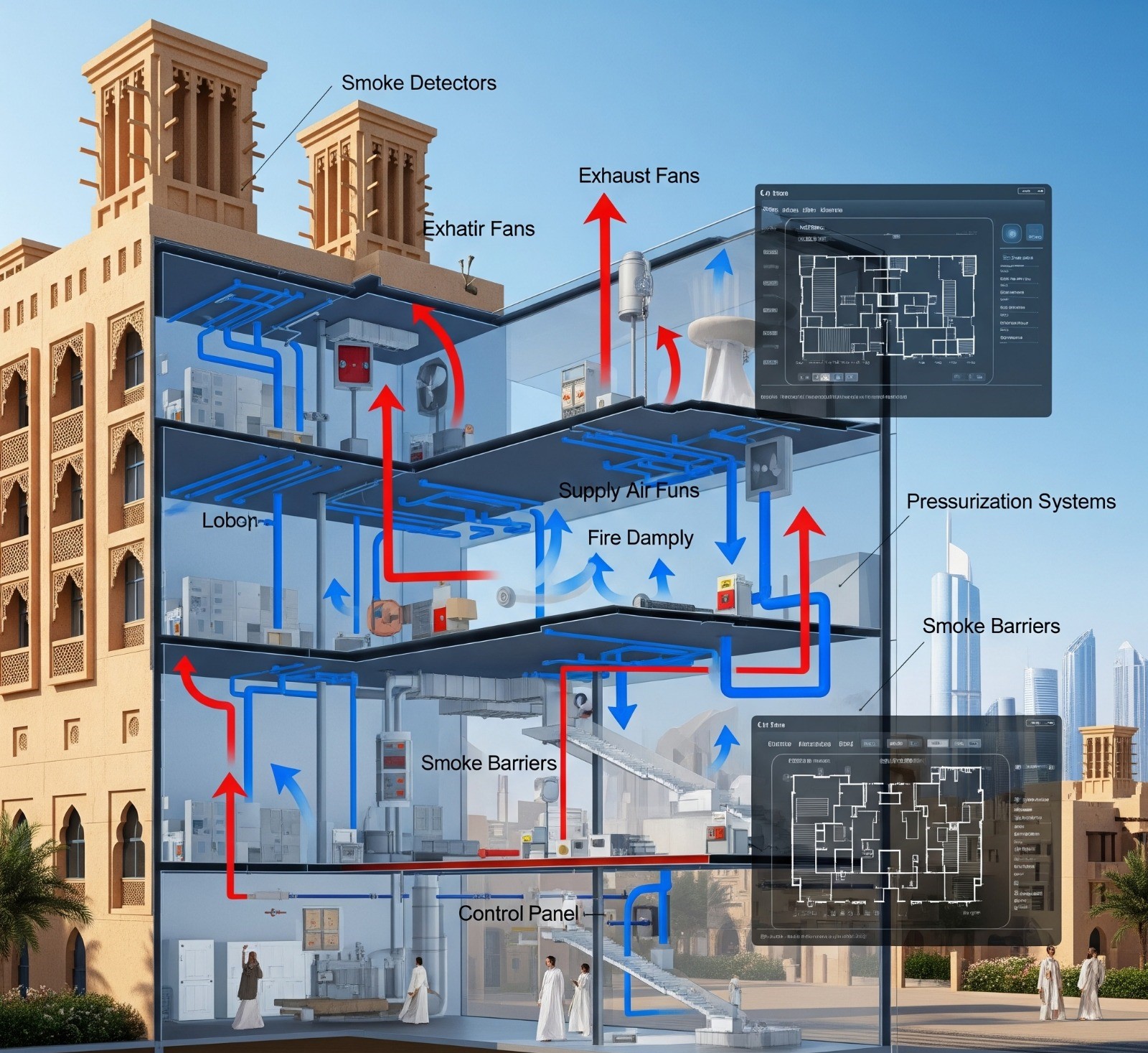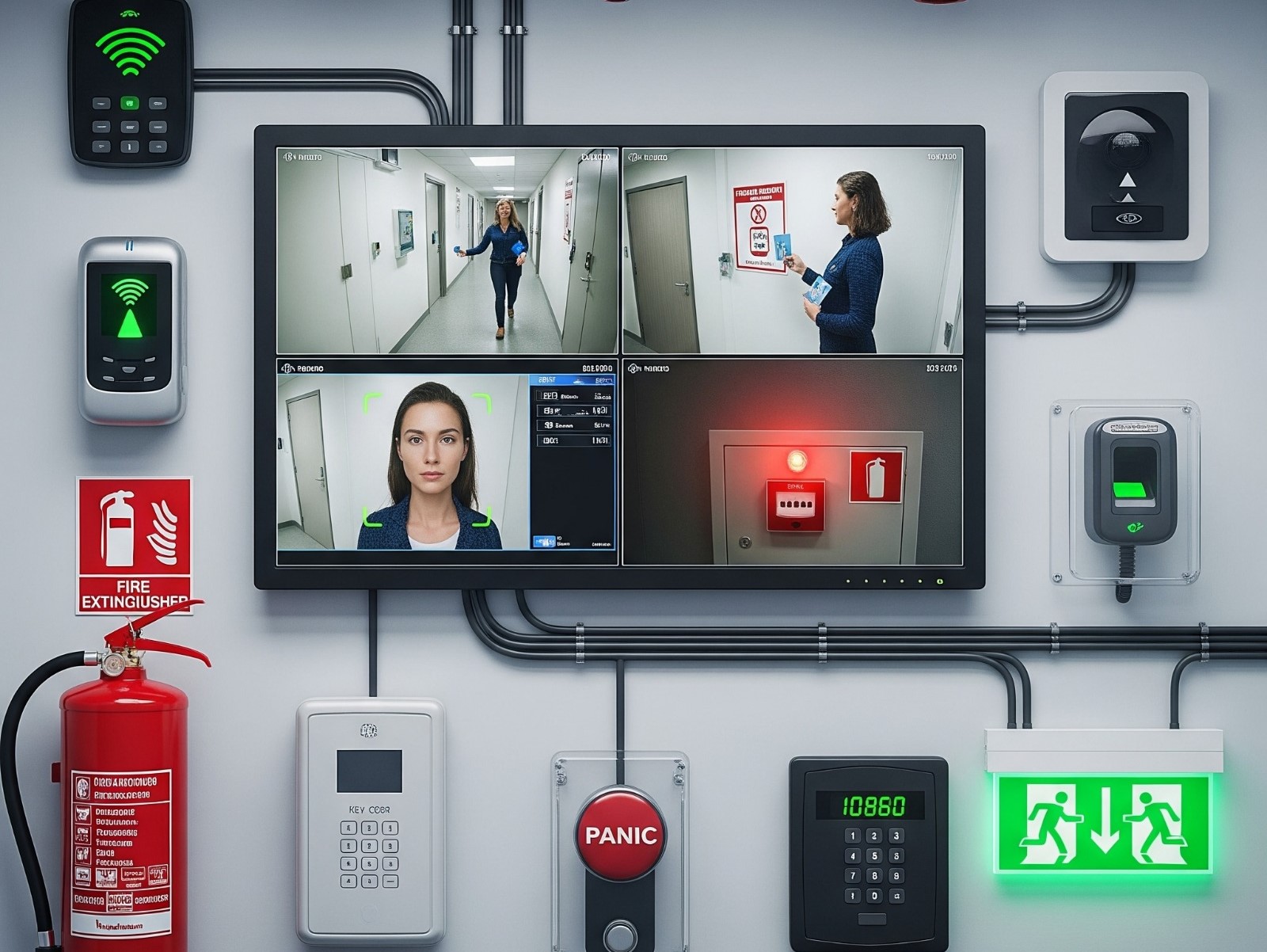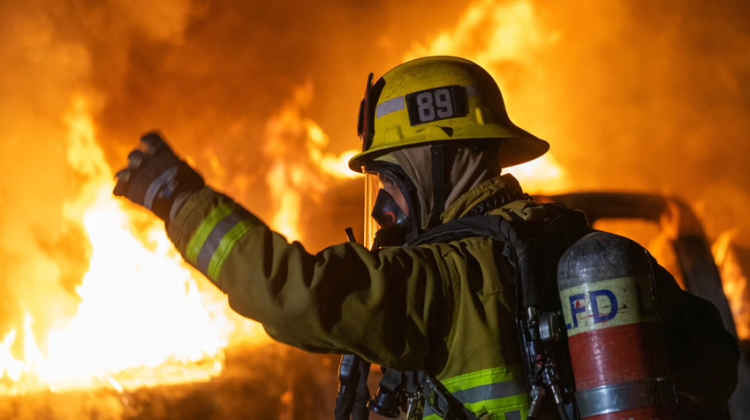Smoke Management & Ventilation Systems: Creating Safer, Smarter Buildings in the UAE

1. What is a Smoke Management System and Why Does It Matter?
A Smoke Management System is a coordinated setup of fans, ducts, dampers, sensors, and controls that work together during a fire to:
- Keep escape routes clear for occupants
- Provide safe access for emergency responders
- Limit smoke damage to property and infrastructure
- Support effective evacuation and fire suppression efforts
It’s a proactive system designed to control the movement of smoke, rather than passively letting it spread.
2. How It Differs From Standard Ventilation
While general ventilation focuses on air quality and thermal comfort, smoke management systems are engineered for life-safety scenarios. Here's how they differ:
- Operate independently during fire events
- Designed to withstand high temperatures (200–400°C)
- Triggered automatically via smoke or fire alarm systems
- Actively control airflow to contain or extract smoke
These systems are mission-critical during emergencies, not just day-to-day operations.
3. Local Compliance & Civil Defense Standards
In the UAE, all smoke control systems must meet strict Civil Defense regulations. Key compliance requirements include:
- Maintaining required air change rates during normal and emergency modes
- Ensuring visibility levels in escape paths do not drop below legal thresholds
- Using certified components (e.g., thermal fans, UL/FM-rated sensors, fire-rated dampers)
- Seamless integration with fire alarm and suppression systems
Failure to meet these standards can lead to project delays, penalties, or operational shutdowns.
4. Design Process – Step by Step
Creating an effective system involves a multi-stage process, typically including:
- Risk and Space Assessment
- Component Selection – e.g., jet fans, axial fans, pressure relief dampers
- Airflow Modeling – through CFD (Computational Fluid Dynamics) simulations
- System Integration – tying together alarms, BMS, sensors, and override controls
- Commissioning and Testing – often involving live drills or smoke simulations
Each step ensures the system performs reliably under real-world fire conditions.
5. Maintenance is Mission-Critical
An installed smoke control system is not "set and forget." Routine maintenance is essential to ensure long-term performance:
- Regular testing of smoke detectors and thermal sensors
- Verifying fan startup sequences and emergency failover mechanisms
- Cleaning of vents, grilles, and dampers to remove blockages
- System performance checks to match original design parameters
Neglecting maintenance increases the risk of system failure during a fire.
Conclusion: Design Smart, Stay Safe
When properly designed, installed, and maintained, smoke management systems work hand-in-hand with ventilation to save lives, limit damage, and meet local safety standards.
To ensure your system succeeds:
✅ Partner with certified professionals familiar with UAE codes
✅ Use approved, tested components
✅ Prioritize ongoing maintenance and system health
Need Expert Advice?
Whether you're starting from concept or approaching project handover, our expert team is ready to assist with:
- Custom smoke control design
- Regulatory compliance guidance
- CFD simulations and system modeling
- Commissioning support and after-sales maintenance
📞 Contact us today to discuss your project needs and protect what matters most.

.jpg)


